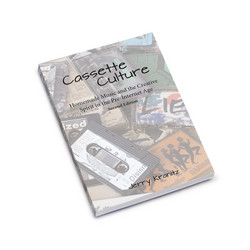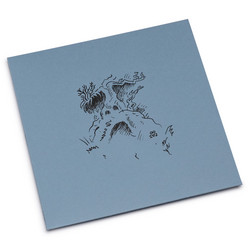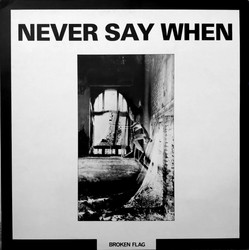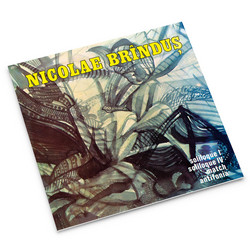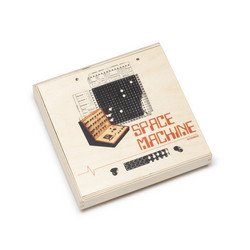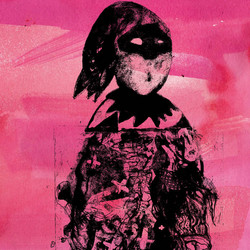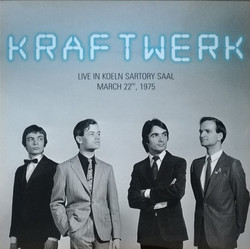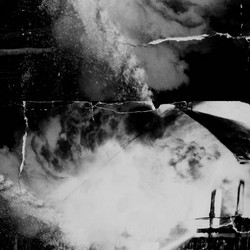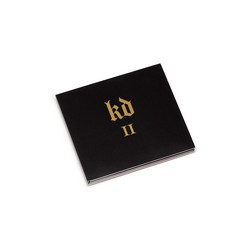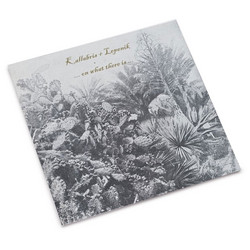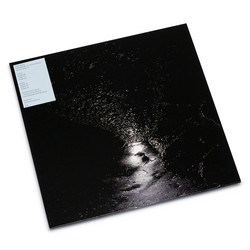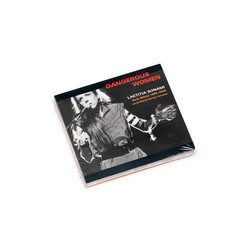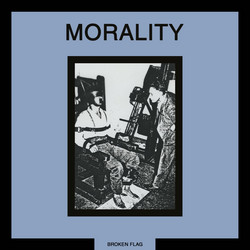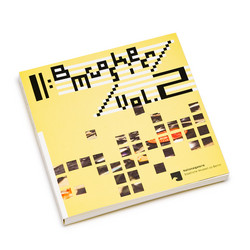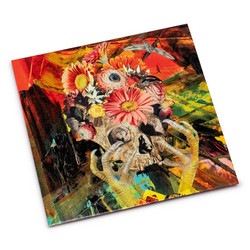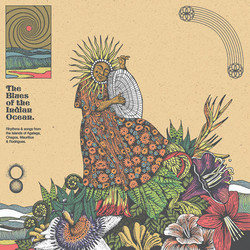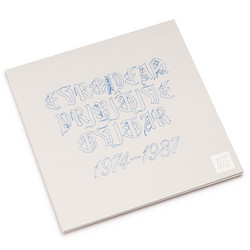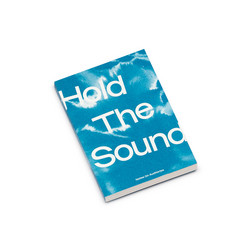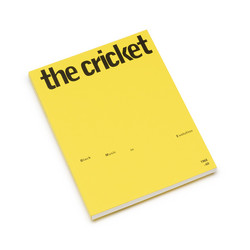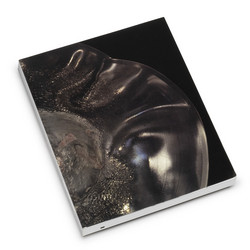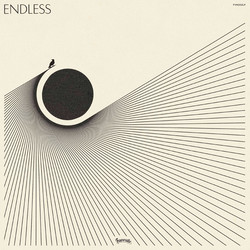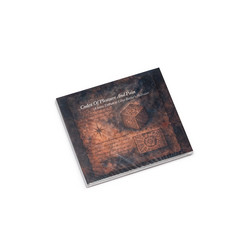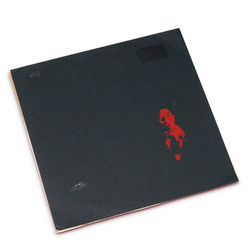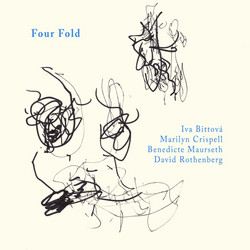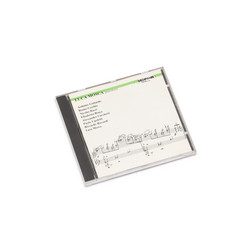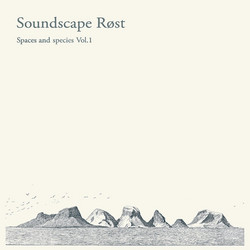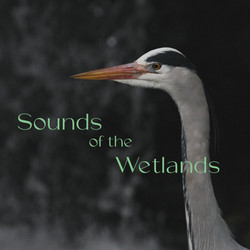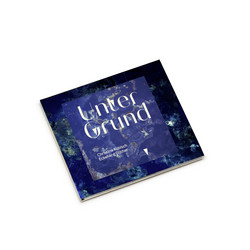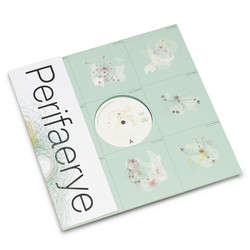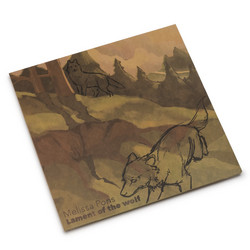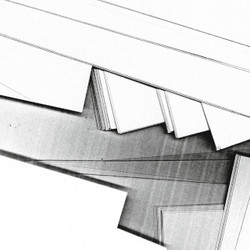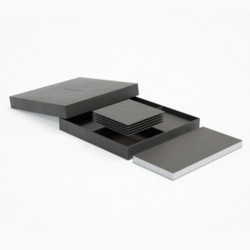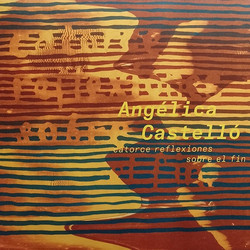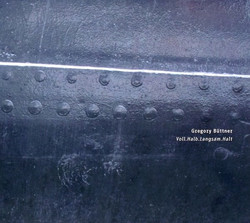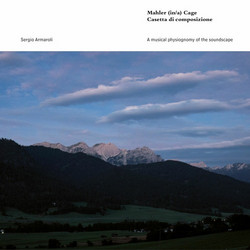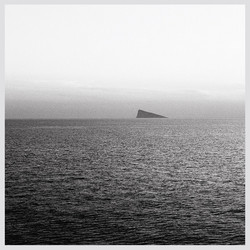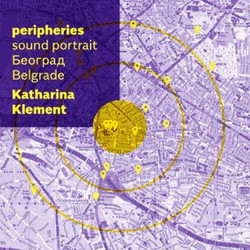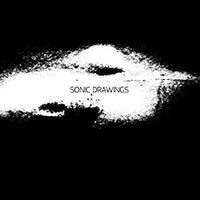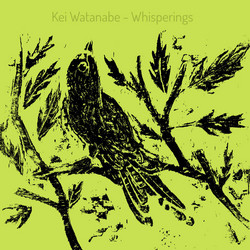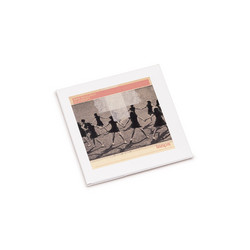1
2
In 2012 the world celebrates not only the centenary of John Cage’s birth, but also the sixtieth anniversary of the premiere of his ”silent piece” 4’33”(four minutes, thirty-three seconds) on August 29, 1952. This composition in three movements without intentional sounds is the composer’s best-known work today. As an ”art without work” (John Cage), it takes up and renews the impulses of the avant-gardes of the early twentieth century, notably Marcel Duchamp’s readymades, which the artist himself termed ”works without art.”
SILENCE ON CD ?
Cage’s conception of silence is intimately linked to questions of presence and liveness. Each recording of 4’33”is essentially a paradox since it is far easier to perform than to record the piece! Cage wants us to listen to the sounds here and now; recordings of 4’33”, however, allow for a wholly different experience, as we are effectively hearing sounds from a remote time and space, mingling with the live sounds of our environment at the time of listening.
The seemingly trivial act of recording 4’33”thus hides a formidable complexity. The musician Ulrich Krieger writes: ”In the case of 4’33’’ and especially of a recording, a performer has to face the following question: What do I want to represent?” Is the outcome the result of a recording in a silent situation (microphone silence) or an actual technical silence (absence of signal)? Is the piece to be recorded with or without musicians, and if the former applies, which category of instruments should take part? Should the musicians indicate the beginning and the end of the three movements, and if so, how?
Although recording 4’33”runs counter to Cage’s emphasis on the here and now of sounds, an estimated 54 recordings have been consigned to CD, vinyl or digital media to this day (see the discography in the publication Sounds Like Silence, Spector Books, Leipzig 2012). And, indeed, each of them is noticeably different, reflecting the place and context of the recording. Taken together, these recordings are therefore also an acknowledgment of Cage’s famous observation that ”there is no such thing as silence.”
SILENCE ON THE RADIO ?
Silence has become something of a taboo in modern media. Radio stations, for instance, have implemented a technology that automatically switches to an emergency program when there is a prolonged period of silence. Moments of silence are also being suppressed in live broadcasts, as even the news and weather reports in so-called ”format radio” can no longer dispense with sound effects.
The CD Sounds Like Silence is based on the eponymous radio show broadcast in the framework of the Sound Art program on Deutschland-radio Kultur. Together with the radio broadcast it forms part of the exhibition Sounds Like Silence organized by the Hartware MedienKunstVerein at Dortmunder U from August 25, 2012 to January 6, 2013. Silence is announced, performed, broadcast, recorded, and recycled, and inscribes itself in media and bodies. The six chapters on this CD comprise amusing, strange, rare and illuminating recordings on and around silence.
Historically, silence formed an integral part of radio, as up until the late fifties stations commonly stopped broadcasting in the evening. Similarly, live broadcasts were frequently interrupted by moments of silence in the form of unintentional pauses due to technical or human errors. Walter Benjamin famously recounted this phenomenon in ”On the Minute,” a dramatized account based on his own experience as a writer for radio.
In his short story Murke’s Collected Silences (1955) Heinrich Böll describes how silence is insidiously eradicated from radio, particularly in the wake of the switch from live programs to tape recordings which can be subsequently edited. Murke collects the silences which have been edited out and takes them home, where he listens to them ceremoniously.
Interestingly, Cage’s first sketch for a ”silent piece” refers explicitly to radio. In a lecture held in 1948 the composer stated his intentions to compose a piece called Silent Prayer, which would consist of four and a half minutes of silence to be used as muzak (background music in shopping malls, elevators, work places, etc.). As early as 1931 the leader of the Italian futurists Filippo Tommaso Marinetti had drafted a concept for a radio program of sounds and interruptions of up to forty seconds of silence (I silenzi parlano fra di loro), which aimed to make the elements of sound editing become more noticeable.
SILENCE AS A CHALLENGE
Cage’s observation that ”there is no such thing as silence” finds a disturbing echo in today’s world, where issues of ”acoustic ecology” are playing an ever-increasing role, notably in town and transport planning, architecture, and product design. Beyond our ”objective” acoustic environment, it would appear that our ”subjective” perception of sound has also changed, as demonstrate the controversial debates about the ubiquity of sound diffusion in private and public spaces, enabled by modern technology.
What do we hear when there is nothing to hear ?
To what extent do we long for silence ?
And with how much silence can we cope provided it even exists ?
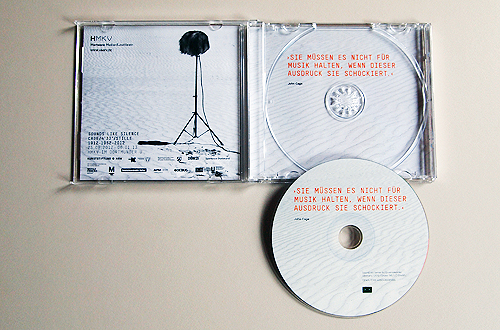
This CD is an ”anthology of silence” which spans a large spectrum of historic and contemporary works of art. Its selection of tracks evidences that silence never sounds like silence: while some of the pieces are indeed very quiet, others will seem rather ”loud.” Attentive listeners will be rewarded as they gradually make out the subtle yet far-ranging differences in the various sound atmospheres.
The exhibition Sounds Like Silence is organized by the Hartware MedienKunstVerein (HMKV) at Dortmunder U in Dortmund, Germany, from August 25, 2012 to January 6, 2013. It is curated by Inke Arns and Dieter Daniels.
The exhibition is accompanied by an extensive publication. Sounds Like Silence (ed. by Dieter Daniels and Inke Arns, Leipzig: Spector Books, 2012, ISBN: 978-3-940064-41-7) comprises essays by Inke Arns, Brandon LaBelle, Dieter Daniels, David Toop, Dörte Schmidt, Julia H. Schröder, and Jan Thoben, an anthology of texts by Hans-Friedrich Bormann, John Cage, William Fetterman, Kyle Gann, Branden W. Joseph, Douglas Kahn, Jonathan David Katz, Irwin Kremen, Liz Kotz, Julia Robinson, Simon Shaw Miller, and James Pritchett as well as critical notes on the participating artists.
SILENCE ON CD ?
Cage’s conception of silence is intimately linked to questions of presence and liveness. Each recording of 4’33”is essentially a paradox since it is far easier to perform than to record the piece! Cage wants us to listen to the sounds here and now; recordings of 4’33”, however, allow for a wholly different experience, as we are effectively hearing sounds from a remote time and space, mingling with the live sounds of our environment at the time of listening.
The seemingly trivial act of recording 4’33”thus hides a formidable complexity. The musician Ulrich Krieger writes: ”In the case of 4’33’’ and especially of a recording, a performer has to face the following question: What do I want to represent?” Is the outcome the result of a recording in a silent situation (microphone silence) or an actual technical silence (absence of signal)? Is the piece to be recorded with or without musicians, and if the former applies, which category of instruments should take part? Should the musicians indicate the beginning and the end of the three movements, and if so, how?
Although recording 4’33”runs counter to Cage’s emphasis on the here and now of sounds, an estimated 54 recordings have been consigned to CD, vinyl or digital media to this day (see the discography in the publication Sounds Like Silence, Spector Books, Leipzig 2012). And, indeed, each of them is noticeably different, reflecting the place and context of the recording. Taken together, these recordings are therefore also an acknowledgment of Cage’s famous observation that ”there is no such thing as silence.”
SILENCE ON THE RADIO ?
Silence has become something of a taboo in modern media. Radio stations, for instance, have implemented a technology that automatically switches to an emergency program when there is a prolonged period of silence. Moments of silence are also being suppressed in live broadcasts, as even the news and weather reports in so-called ”format radio” can no longer dispense with sound effects.
The CD Sounds Like Silence is based on the eponymous radio show broadcast in the framework of the Sound Art program on Deutschland-radio Kultur. Together with the radio broadcast it forms part of the exhibition Sounds Like Silence organized by the Hartware MedienKunstVerein at Dortmunder U from August 25, 2012 to January 6, 2013. Silence is announced, performed, broadcast, recorded, and recycled, and inscribes itself in media and bodies. The six chapters on this CD comprise amusing, strange, rare and illuminating recordings on and around silence.
Historically, silence formed an integral part of radio, as up until the late fifties stations commonly stopped broadcasting in the evening. Similarly, live broadcasts were frequently interrupted by moments of silence in the form of unintentional pauses due to technical or human errors. Walter Benjamin famously recounted this phenomenon in ”On the Minute,” a dramatized account based on his own experience as a writer for radio.
In his short story Murke’s Collected Silences (1955) Heinrich Böll describes how silence is insidiously eradicated from radio, particularly in the wake of the switch from live programs to tape recordings which can be subsequently edited. Murke collects the silences which have been edited out and takes them home, where he listens to them ceremoniously.
Interestingly, Cage’s first sketch for a ”silent piece” refers explicitly to radio. In a lecture held in 1948 the composer stated his intentions to compose a piece called Silent Prayer, which would consist of four and a half minutes of silence to be used as muzak (background music in shopping malls, elevators, work places, etc.). As early as 1931 the leader of the Italian futurists Filippo Tommaso Marinetti had drafted a concept for a radio program of sounds and interruptions of up to forty seconds of silence (I silenzi parlano fra di loro), which aimed to make the elements of sound editing become more noticeable.
SILENCE AS A CHALLENGE
Cage’s observation that ”there is no such thing as silence” finds a disturbing echo in today’s world, where issues of ”acoustic ecology” are playing an ever-increasing role, notably in town and transport planning, architecture, and product design. Beyond our ”objective” acoustic environment, it would appear that our ”subjective” perception of sound has also changed, as demonstrate the controversial debates about the ubiquity of sound diffusion in private and public spaces, enabled by modern technology.
What do we hear when there is nothing to hear ?
To what extent do we long for silence ?
And with how much silence can we cope provided it even exists ?

This CD is an ”anthology of silence” which spans a large spectrum of historic and contemporary works of art. Its selection of tracks evidences that silence never sounds like silence: while some of the pieces are indeed very quiet, others will seem rather ”loud.” Attentive listeners will be rewarded as they gradually make out the subtle yet far-ranging differences in the various sound atmospheres.
The exhibition Sounds Like Silence is organized by the Hartware MedienKunstVerein (HMKV) at Dortmunder U in Dortmund, Germany, from August 25, 2012 to January 6, 2013. It is curated by Inke Arns and Dieter Daniels.
The exhibition is accompanied by an extensive publication. Sounds Like Silence (ed. by Dieter Daniels and Inke Arns, Leipzig: Spector Books, 2012, ISBN: 978-3-940064-41-7) comprises essays by Inke Arns, Brandon LaBelle, Dieter Daniels, David Toop, Dörte Schmidt, Julia H. Schröder, and Jan Thoben, an anthology of texts by Hans-Friedrich Bormann, John Cage, William Fetterman, Kyle Gann, Branden W. Joseph, Douglas Kahn, Jonathan David Katz, Irwin Kremen, Liz Kotz, Julia Robinson, Simon Shaw Miller, and James Pritchett as well as critical notes on the participating artists.
Details
Cat. number: gruen116
Year: 2012
